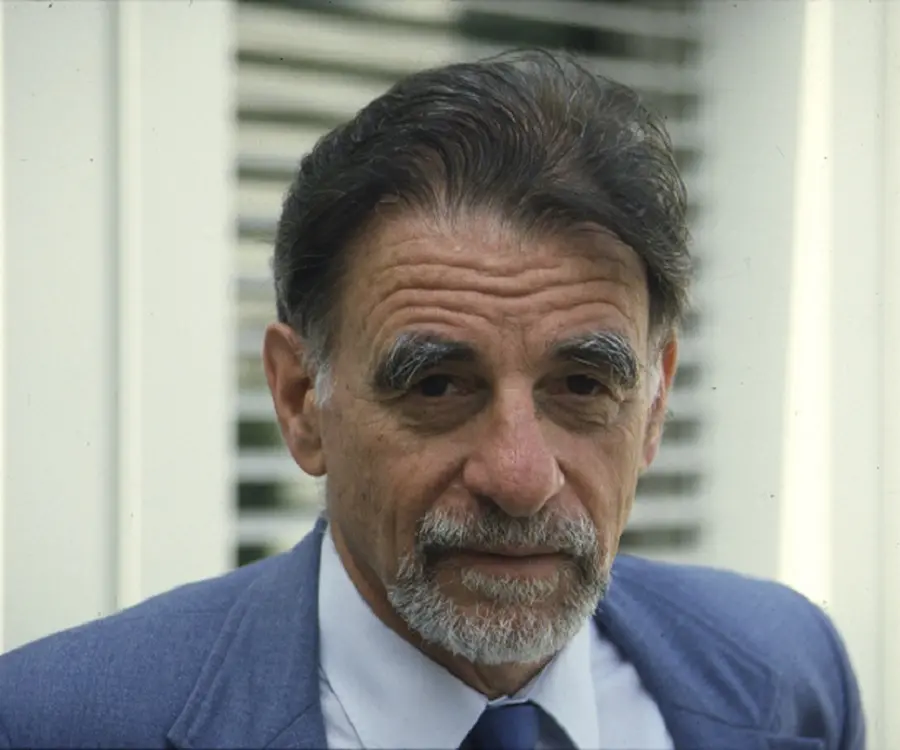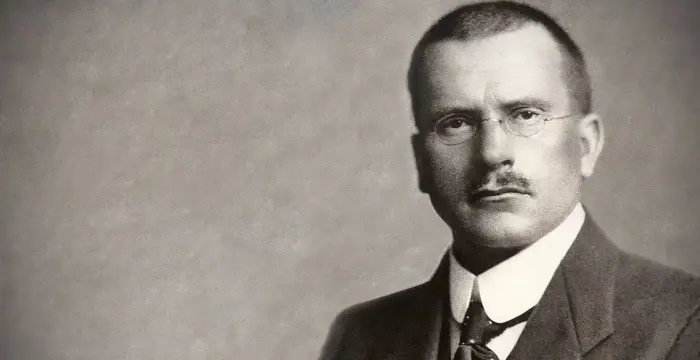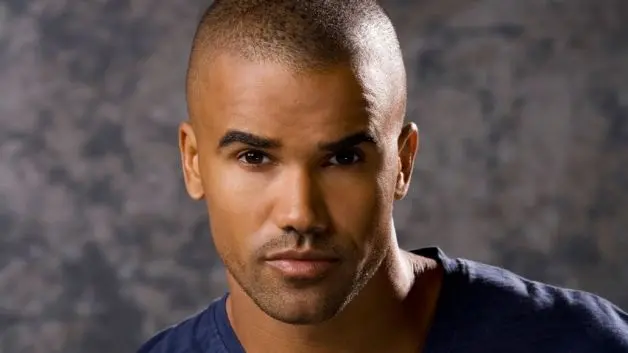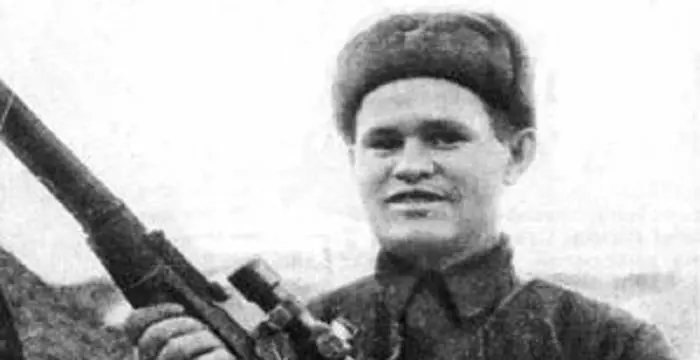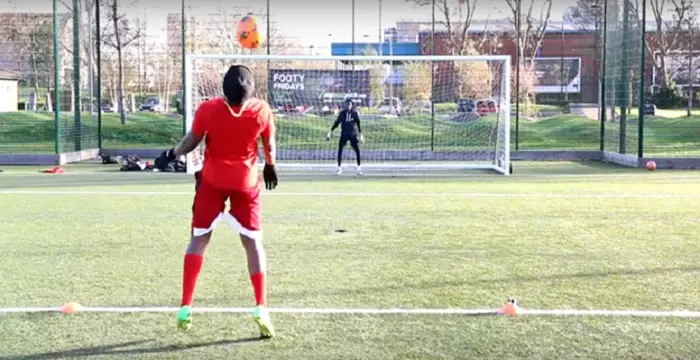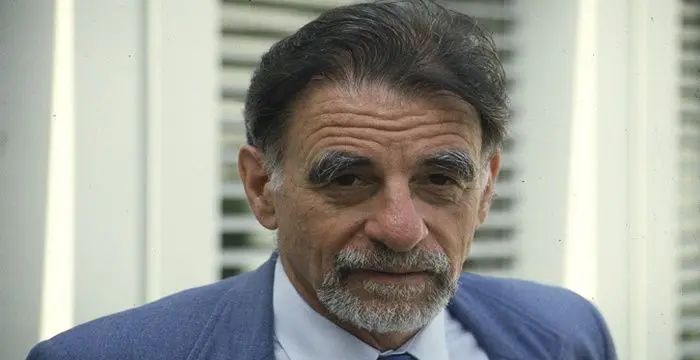
K. Alex Müller - Scientists, Birthday and Childhood
K. Alex Müller's Personal Details
Karl Alexander Müller is a Swiss solid-state physicist who was awarded the Nobel Prize in Physics in 1987 for his work on superconductivity.
| Information | Detail |
|---|---|
| Birthday | April 20, 1927 |
| Nationality | Swiss |
| Famous | Scientists, Physicists |
| Spouses | Ingeborg Marie Louise Winkler |
| Known as | Karl Alexander Muller, K. A Muller, Karl Alexander Müller |
| Childrens | Eric, Sylvia |
| Universities |
|
| Discoveries / Inventions |
|
| Birth Place | Basel |
| Gender | Male |
| Father | Paul Müller |
| Mother | Irma (née Feigenbaum) |
| Sun Sign | Aries |
| Born in | Basel |
| Famous as | Physicist |
// Famous Scientists
Juliane Koepcke
Juliane Koepcke is a German-Peruvian biologist, who was the lone survivor among the 92 passengers and crew of the ill-fated LANSA Flight 508 that crashed in the Peruvian rainforest on 24 December 1971. Know more about her life in this biography.
Henry Cavendish
Henry Cavendish was a theoretical chemist and physicist, renowned for discovery of hydrogen and calculation of the mass of earth. To know more about his childhood, profile, timeline and career read on
Konstantin Tsiolkovsky
Konstantin Tsiolkovsky was a Russian rocket scientist and a pioneer of astronautics. This biography provides detailed information about his childhood, family, personal life, career, achievements, etc.
K. Alex Müller's photo
Who is K. Alex Müller?
Karl Alexander Müller is a Swiss solid-state physicist who was awarded the Nobel Prize in Physics in 1987 for his work on superconductivity. Interested in electronics from a very young age, he involved himself in building radios as a student and honed his skills. A liberal and intellectually demanding school life coupled with encouragement from his family developed his aptitude effectively. Had it not been for a professor who recognized his potential in physics, the world of science would have been quite different today. The early 1980s was a time of intense research and learning for him and he collaborated with many notable physicists and scientists. His discovery of materials that work as superconductors at high temperatures opened up new doors to large-scale applications of superconductors that were once deemed impossible. Over the course of his long career he has worked for several organizations including the Battelle Memorial Institute in Geneva, the University of Zürich, and IBM. His work on superconductors at the IBM lab prompted the company to honor him with a fellowship.
// Famous Physicists
Henry Cavendish
Henry Cavendish was a theoretical chemist and physicist, renowned for discovery of hydrogen and calculation of the mass of earth. To know more about his childhood, profile, timeline and career read on
Walter Kohn
Nobel Laureate Walter Kohn was an Austrian-born American theoretical chemist and physicist. Check out this biography to know about his childhood, life, achievements, works & timeline.
Nikola Tesla
Nikola Tesla was a Serbian-American inventor, best known for his development of alternating current electrical systems. This biography of Nikola Tesla provides detailed information about his childhood, life, achievements, works & timeline.
Childhood & Early Life
K. Alex Müller was born in Basel, Switzerland on April 20, 1927, to Irma Feigenbaum and Paul Müller. After his birth, the family moved to Salzburg, Austria. The family lived there for a few years while his father studied music.
Müller and his mother moved to Dornach to live with his grandparents. Later, they moved to Lugano where he attended school and learned Italian.
His mother died in 1938 when he was 11 years old. He and his father then moved to Schiers, in the eastern part of Switzerland.
At Schiers, he was enrolled in the Evangelical College from 1938 to 1945. He graduated with his baccalaureate (Matura).
He showed an early fascination with radio and electronics which was supported by his wealthy family. He was also active in sports with a particular interest in alpine skiing.
His teacher, Dr. Saurer, who recognized his abilities, persuaded him to take up physics instead of electrical engineering. He joined the Physics and Mathematics Department of the “Swiss Federal Institute of Technology” (ETH) in Zürich.
Under Prof. G. Busch, he worked on his diploma on the “Hall Effect” of gray tin. After receiving his Diplom, he worked for a year and became an assistant to Prof. Busch and started to work on his Ph.D. His thesis was on paramagnetic resonance (EPR) and he received his doctorate in 1958.
Career
When he was 19 years old, K. Alex Müller did his basic military training in the Swiss Army. He worked for a year in the Department of Industrial Research (AFIF) of the ETH after his diploma.
He joined the Battelle Memorial Institute in Geneva in 1958 and soon became the manager of a magnetic resonance group. He held on to the post till 1963.
In 1963, he joined the research staff at the IBM Zurich Research Laboratory, Ruschlikon and continued there until his retirement. He began studying the properties of a class of compounds called ‘perovskites’, with Walter Berlinger. His research spanned for over 15 years and made significant contributions to the world of Physics.
The University of Geneva made him a Professor in 1970 where he worked in parallel with IBM. His work with perovskites boosted his reputation with the IBM lab and he was made the head of the laboratory's physics department in 1972.
During an 18-month sabbatical in the United States, he began working on solid-state physics and superconductivity. He returned to Ruschlikon in 1980 and continued his work.
In 1982, he was made an IBM fellow that allowed him to work on his chosen projects. This move made him resign from his post as manager at the Battelle Memorial Institute in Geneva in 1985.
His field of interest, superconductors, was calling out to him and he began to devote his time to its research. In 1983, he and J. Georg Bednorz began preparing perovskite compounds containing nickel to superconduct at higher temperatures. After a lot of research, in 1986, they came up with samples of the Ba-La-Cu oxide and tested numerous results to prove their resultsf or superconductors at high temperatures.
In 1986, they published the discovery in ‘Zeitschrift für Physik B’. Their research was confirmed independently by different scholars. This led to the 1987 Woodstock of Physics session with Müller being a featured presenter.
Their efforts were rewarded in 1987 with the Nobel Prize in Physics for their work on “superconductivity in ceramic materials”. He continued to work on superconductivity ceramics at IBM Labs.
More honors came his way the following years. He was elected as a Foreign Associate Member of the Academy of Sciences in the United States in 1989.
Except for a two-year stint at IBM's “Thomas J. Watson Research Center in Yorktown Heights, New York, he has been working at the “IBM Zürich Research Laboratory” in Rüschlikon.
Major Works
K. Alex Müller worked with Georg Bednorz to test superconductivity at higher temperatures and achieved it in 1986. Though skeptical at first, many physicists began to embrace this discovery due to its large-scale practical applications. This led to a session, now known as the Woodstock of Physics, which dealt with these properties of superconductors and their numerous applications.
Awards & Achievements
His research and discovery of “superconductivity in ceramic materials” was rewarded with a Nobel Prize in Physics in 1987. He shared the prize with his colleague, Georg Bednorz.
The University of Pavia in Italy awarded him an honorary degree in 1987. The same year he received the Wilhelm Exner Medal.
Personal Life & Legacy
In 1956, Müller married Ingeborg Marie Louise Winkler. Two children were born to them; a boy in 1957 and a girl in 1960. His son, Eric, is a dentist, and his daughter, Silvia, is a kindergarten teacher.
He has often cited that his wife is the main driving force in his life with 30 years of encouragement. She has always shown an interest in his work and been a good companion and mentor, he states.
Trivia
His Nobel win is notable for the shortest time between a discovery and the award presentation. His discovery was published in 1986 and he received the prize in 1987.
// Famous Swiss peoples
Barıs Arduc
Barıs Arduc is a Swiss-born Albanian actor. Check out this biography to know about his birthday, childhood, family life, achievements and fun facts about him.
Jocelyn Wildenstein
Jocelyn Wildenstein is an American socialite who is known for marrying into the notorious Wildenstein family.
Carl Jung
Carl Jung was a Swiss psychiatrist famous for founding the school of analytical psychology. This biography of Carl Jung provides detailed information about his childhood, life, achievements, works & timeline.
K. Alex Müller's awards
| Year | Name | Award |
|---|---|---|
Other | ||
| 0 | 1987 - Nobel Prize in Physics | |
| 0 | 1986 - Marcel Benoist Prize | |
K. Alex Müller biography timelines
- // 20th Apr 1927K. Alex Müller was born in Basel, Switzerland on April 20, 1927, to Irma Feigenbaum and Paul Müller. After his birth, the family moved to Salzburg, Austria. The family lived there for a few years while his father studied music.
- // 1938His mother died in 1938 when he was 11 years old. He and his father then moved to Schiers, in the eastern part of Switzerland.
- // 1938 To 1945At Schiers, he was enrolled in the Evangelical College from 1938 to 1945. He graduated with his baccalaureate (Matura).
- // 1958Under Prof. G. Busch, he worked on his diploma on the “Hall Effect” of gray tin. After receiving his Diplom, he worked for a year and became an assistant to Prof. Busch and started to work on his Ph.D. His thesis was on paramagnetic resonance (EPR) and he received his doctorate in 1958.
- // 1958 To 1963He joined the Battelle Memorial Institute in Geneva in 1958 and soon became the manager of a magnetic resonance group. He held on to the post till 1963.
- // 1963In 1963, he joined the research staff at the IBM Zurich Research Laboratory, Ruschlikon and continued there until his retirement. He began studying the properties of a class of compounds called ‘perovskites’, with Walter Berlinger. His research spanned for over 15 years and made significant contributions to the world of Physics.
- // 1970 To 1972The University of Geneva made him a Professor in 1970 where he worked in parallel with IBM. His work with perovskites boosted his reputation with the IBM lab and he was made the head of the laboratory's physics department in 1972.
- // 1980During an 18-month sabbatical in the United States, he began working on solid-state physics and superconductivity. He returned to Ruschlikon in 1980 and continued his work.
- // 1982 To 1985In 1982, he was made an IBM fellow that allowed him to work on his chosen projects. This move made him resign from his post as manager at the Battelle Memorial Institute in Geneva in 1985.
- // 1983 To 1986His field of interest, superconductors, was calling out to him and he began to devote his time to its research. In 1983, he and J. Georg Bednorz began preparing perovskite compounds containing nickel to superconduct at higher temperatures. After a lot of research, in 1986, they came up with samples of the Ba-La-Cu oxide and tested numerous results to prove their resultsf or superconductors at high temperatures.
- // 1986 To 1987In 1986, they published the discovery in ‘Zeitschrift für Physik B’. Their research was confirmed independently by different scholars. This led to the 1987 Woodstock of Physics session with Müller being a featured presenter.
- // 1986K. Alex Müller worked with Georg Bednorz to test superconductivity at higher temperatures and achieved it in 1986. Though skeptical at first, many physicists began to embrace this discovery due to its large-scale practical applications. This led to a session, now known as the Woodstock of Physics, which dealt with these properties of superconductors and their numerous applications.
- // 1986 To 1987His Nobel win is notable for the shortest time between a discovery and the award presentation. His discovery was published in 1986 and he received the prize in 1987.
- // 1987Their efforts were rewarded in 1987 with the Nobel Prize in Physics for their work on “superconductivity in ceramic materials”. He continued to work on superconductivity ceramics at IBM Labs.
- // 1987His research and discovery of “superconductivity in ceramic materials” was rewarded with a Nobel Prize in Physics in 1987. He shared the prize with his colleague, Georg Bednorz.
- // 1987The University of Pavia in Italy awarded him an honorary degree in 1987. The same year he received the Wilhelm Exner Medal.
- // 1989More honors came his way the following years. He was elected as a Foreign Associate Member of the Academy of Sciences in the United States in 1989.
// Famous Aries Celebrities peoples
Skai Jackson
Skai Jackson is an American child actress with huge fan following. Find more about her family & personal life, relationships, facts and more.
Shemar Moore
Shemar Moore is a model turned actor best known for his role in the television series ‘The Young and the Restless’. This biography of Shemar Moore provides detailed information about his childhood, life, achievements, works & timeline.
Vasily Zaytsev
Vasily Zatysev was a Russian sniper who served during the World War II. Check out this biography to know about his childhood, family life, achievements and fun facts about him.
Ivey Meeks
Ivey Meeks is an American YouTube star and model. Let’s have a look at her family and personal life including age, date of birth, net worth, boyfriends and fun facts.
Tobi Lerone
Check out all that you wanted to know about Tobi Lerone, the famous YouTube Personality and gamer; his birthday, his family and personal life, his girlfriends, fun trivia facts and more.
Simone Signoret
Simone Signoret was a French actress who became the first French person to win an Academy Award. Check out this biography to know about her childhood, family life, achievements and other facts related to her life.
K. Alex Müller's FAQ
What is K. Alex Müller birthday?
K. Alex Müller was born at 1927-04-20
Where is K. Alex Müller's birth place?
K. Alex Müller was born in Basel
What is K. Alex Müller nationalities?
K. Alex Müller's nationalities is Swiss
Who is K. Alex Müller spouses?
K. Alex Müller's spouses is Ingeborg Marie Louise Winkler
Who is K. Alex Müller childrens?
K. Alex Müller's childrens is Eric, Sylvia
What was K. Alex Müller universities?
K. Alex Müller studied at ETH Zurich
What is K. Alex Müller's inventions/discoveries?
High-temperature Superconductivity was invented (or discovered) by K. Alex Müller
Who is K. Alex Müller's father?
K. Alex Müller's father is Paul Müller
Who is K. Alex Müller's mother?
K. Alex Müller's mother is Irma (née Feigenbaum)
What is K. Alex Müller's sun sign?
K. Alex Müller is Aries
How famous is K. Alex Müller?
K. Alex Müller is famouse as Physicist



